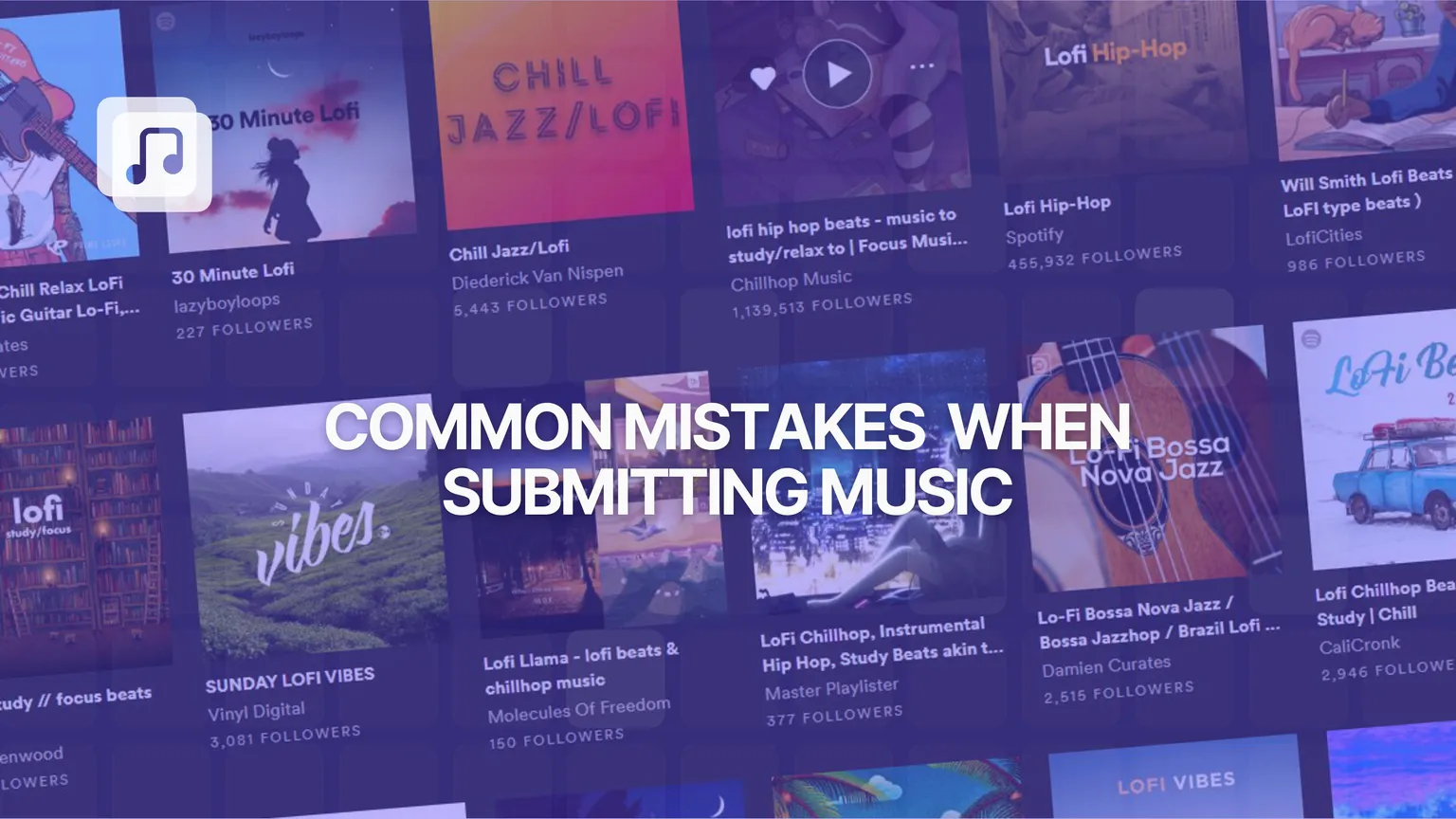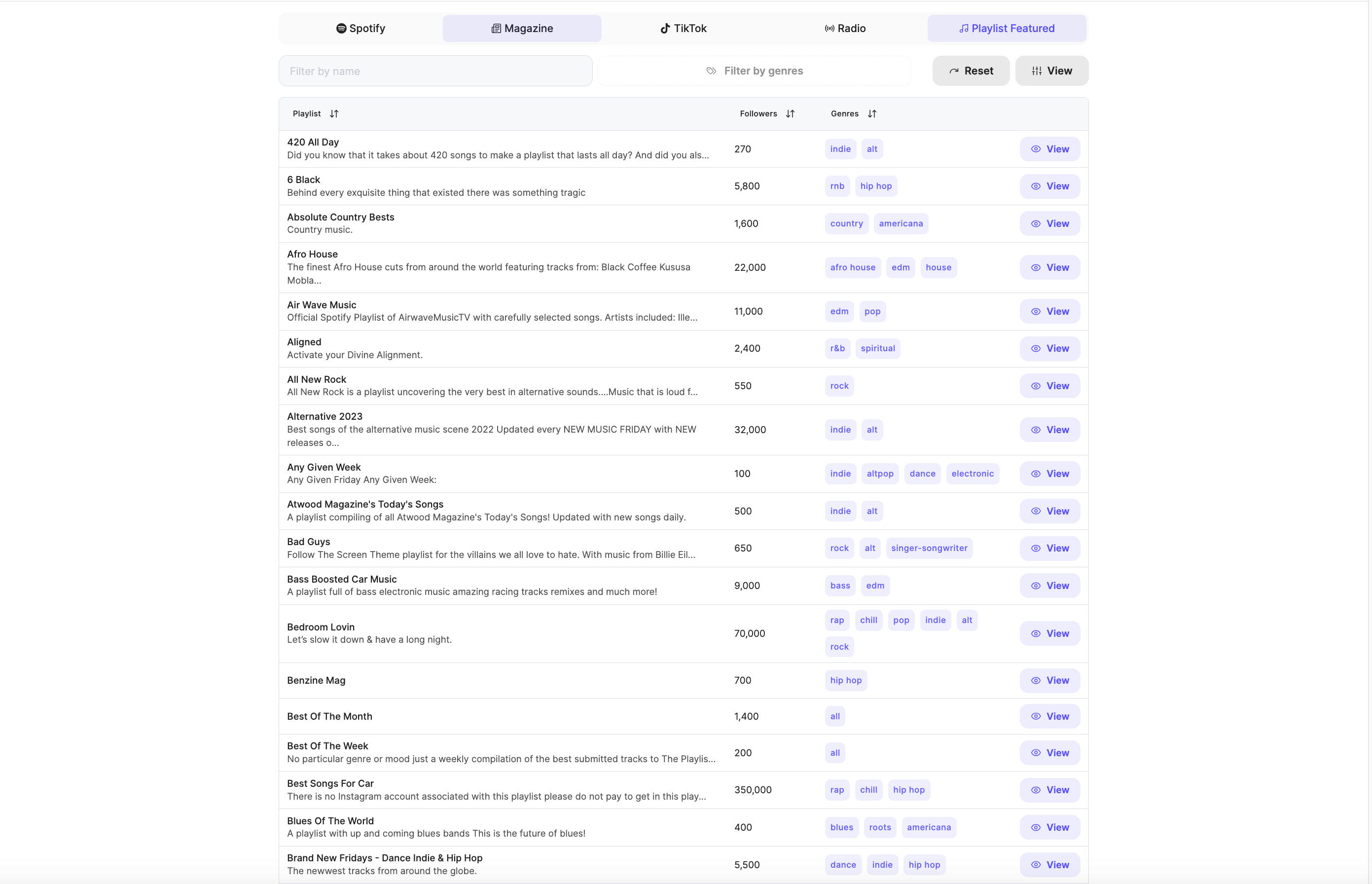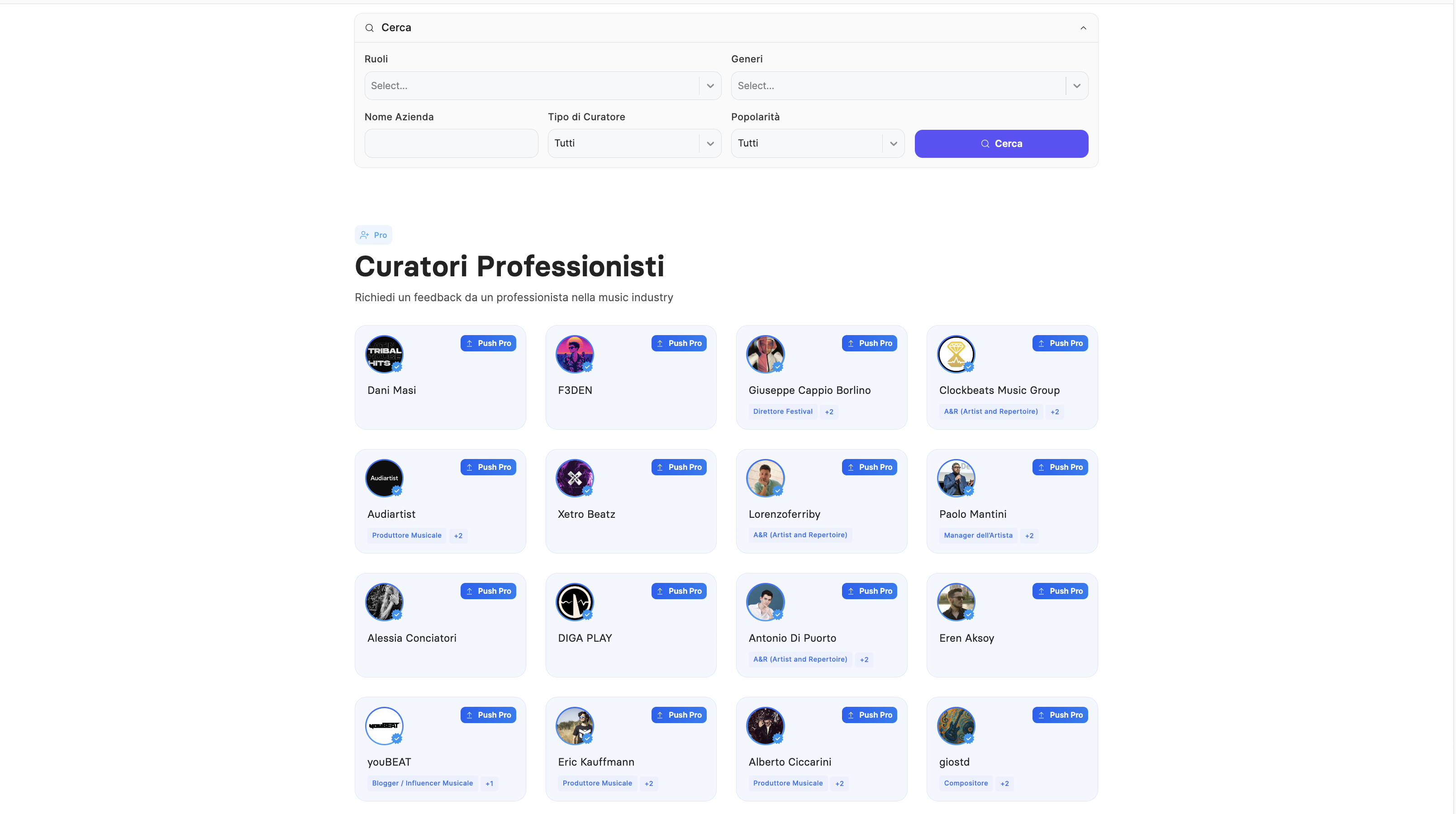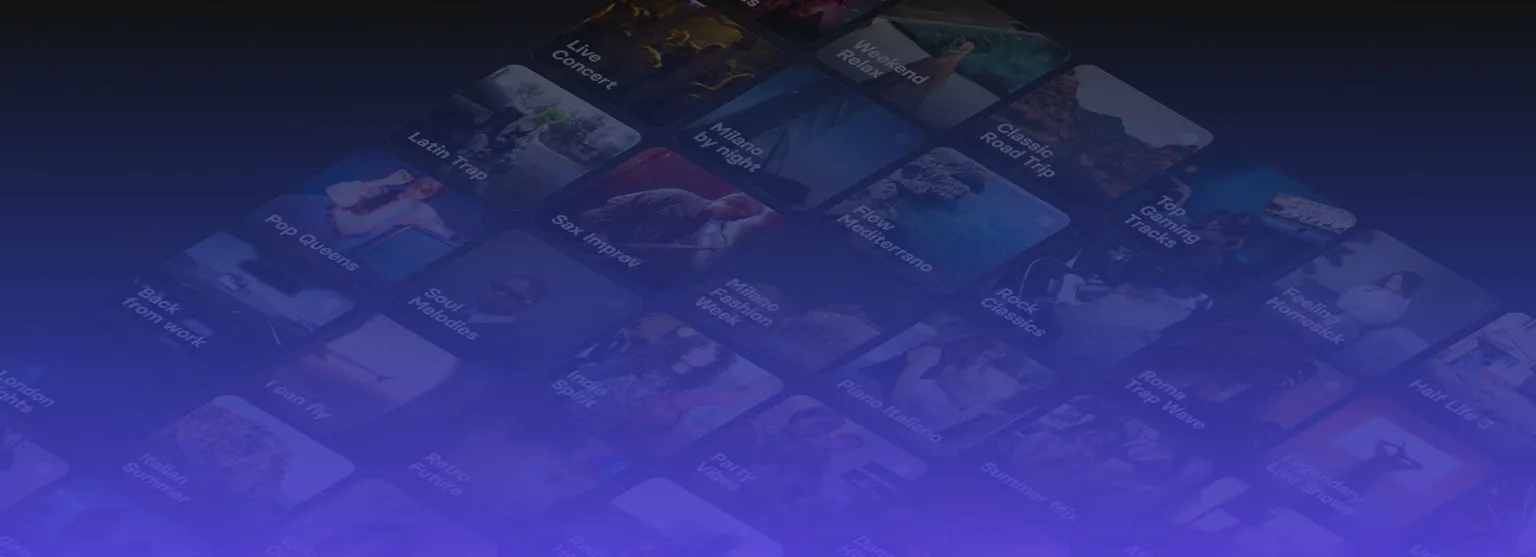Common mistakes artists make when submitting music to editorial playlists (and how Matchfy can help)

Getting your music onto an editorial playlist on Spotify, Apple Music, Deezer, or Amazon Music can be a real game-changer for your career. For independent artists, playlists aren’t just a way to reach new listeners, they’re often a critical stepping stone for building a fanbase, attracting media attention, and even getting noticed by labels or industry professionals.
The challenge? Competition is fierce. Every day, curators receive hundreds or even thousands of submissions from artists worldwide. Only a small fraction of tracks ever make it onto playlists, estimates suggest somewhere between 1% and 5%. That doesn’t mean the remaining 95% of songs aren’t good; more often, artists simply make avoidable mistakes during the submission process.
Why curators reject tracks
Before diving into the mistakes, it’s worth asking: why do curators reject tracks? Often, the reason has nothing to do with the quality of the song itself. Instead, it’s about how the track is presented. Curators receive so many submissions that they simply don’t have time to chase missing information, decode vague pitches, or listen to tracks that don’t fit the playlist’s mood.
Small errors, like missing credits, incorrect genre tags, or unprofessional pitches, can instantly reduce your chances of being added. Thankfully, most of these issues are easily fixable, especially when using a service like Matchfy to guide you.
1. Submitting incomplete or incorrect metadata
Metadata acts like the “passport” for your track. It tells platforms and curators who you are, what your song is about, and how it should be categorized. Key details include:
- Track title
- Artist name
- Release date
- Genre and subgenre
- Credits (producers, writers, collaborators)
- Mood and descriptive tags (e.g., energetic, dreamy, melancholic)
When metadata is incomplete or inaccurate, your track might never appear in the right searches, and it can look unprofessional. For example, labeling an Indie Folk song as “Pop” could send your submission to the wrong curators. Similarly, leaving out collaborators who have their own fanbase is a missed opportunity.
How Matchfy helps: Matchfy analyzes your track metadata ensuring your song is paired with playlists that actually match your style.
Don't you know what metadata is and why its's important in music? Discover more about it and how to take advantage of it by reading the full article on our blog!
2. Choosing the wrong genre or subgenre
Genre tagging seems simple, but many artists make mistakes here. Some think that choosing multiple genres or a broad category will increase exposure. In reality, it can reduce your chances, as curators are looking for specificity. They build playlists around a precise mood and sound. If your track doesn’t match, it often gets skipped immediately.
For example:
- An acoustic ballad with folk influences shouldn’t be labeled as “Pop.”
- A lo-fi house track shouldn’t just be tagged “Electronic.”
How Matchfy helps: Matchfy suggests the most accurate genres and moods for your track based on millions of playlist matches, improving your chances of reaching the right curators.

3. Writing a weak or over-the-top pitch
Most submission forms include a section like “Tell us about your track.” Many artists waste this opportunity. Common mistakes include:
- Writing a long, generic biography instead of describing the track
- Using exaggerated claims like “This is the next global hit!”
- Submitting pitches that are too short, providing no context
Curators read dozens of these every day. They don’t want hype, they want clarity and authenticity.
Effective pitch structure:
- Start with a short introduction (who you are, your genre).
- Share something specific about the track (its inspiration, mood, or message).
- Explain why it fits certain playlists, without overselling.
4. Sending unfinished or low-quality tracks
It may seem obvious, but many artists still submit demos, rough mixes, or unmastered versions. Curators expect professional-quality audio. A track that isn’t polished can be rejected instantly, no matter how well-written it is.
To ensure professional quality:
- Mix and master tracks to industry standards
- Export in high-quality formats (WAV or FLAC)
- Test playback on multiple devices: headphones, car speakers, and phone speakers
How Matchfy helps: thank to our Matchfy Pro feature, you now have the chance to get you music heard by music and industry professionals, so they'll help you understand what can make your music sound better.

5. Weak digital presence and branding
Playlist submission isn’t just about your song. Curators often review your digital presence to see if you’re serious about your career. They may check:
- Artist profile on Spotify or Apple Music (bio, photo, visuals)
- Social media activity (Instagram, TikTok, YouTube)
- Engagement with fans
A weak or inconsistent online presence can hurt your chances. Conversely, strong branding shows commitment and increases the likelihood of being added to playlists.
Practical steps:
- Upload high-quality photos and cover art
- Keep your bio clear and engaging
- Stay active on at least one or two social platforms
- Show that you’re promoting your track
For independent artists, building fan loyalty is one of the most essential steps in turning casual listeners into a dedicated community that supports your music and your brand. You can find actionable strategies to generate fan loyalty and foster a deeper connection with your audience on our blog!
6. Ignoring deadlines and submission rules
Every platform has its own submission requirements and timelines. Spotify, for instance, asks for at least 7 days’ notice, while Apple Music recommends 10. Some distributors require 2–3 weeks. Submitting late is one of the easiest ways to be rejected, even if your track is excellent.
Conclusion
Getting featured on an editorial playlist is challenging, but far from impossible. Most rejections aren’t about talent, they’re about avoidable mistakes. By carefully reviewing metadata, selecting the right genre, writing authentic pitches, submitting polished tracks, strengthening your digital presence, and respecting deadlines, you can greatly increase your chances of being noticed.
Tools like Matchfy make this process easier, providing guidance and support every step of the way. With professional submission strategies and proper preparation, you’ll maximize your chances of landing the playlist placements that can boost your career.

